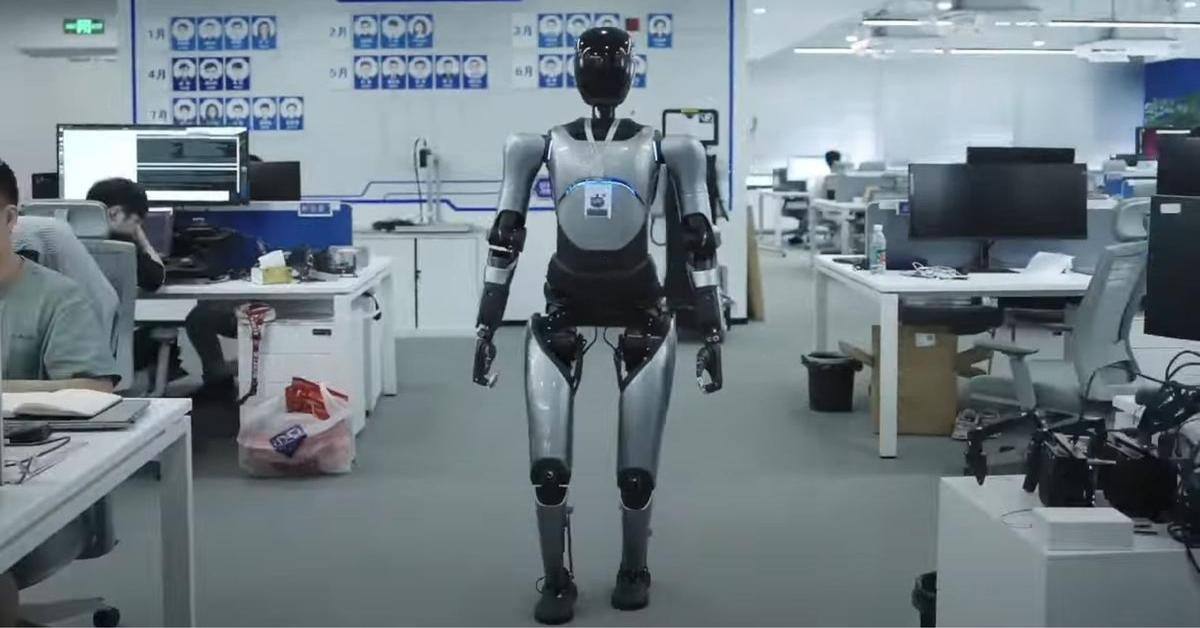The world is awash in negativity, but amidst the gloom, incredible advancements are reshaping our future. This week alone has yielded a wave of breakthroughs from China, showcasing its burgeoning technological prowess. From remarkably lifelike humanoid robots poised to revolutionize various industries to groundbreaking research in biocomputers offering hope against Alzheimer’s, the innovations are inspiring. This article explores these exciting developments, highlighting the potential to not only improve our lives but also to overcome some of humanity’s most pressing challenges. Let’s delve into the details of this technological surge and the optimistic future it heralds.
China’s Rise in Robotics
China’s advancements in robotics are nothing short of spectacular. The development of increasingly sophisticated humanoid robots represents a significant leap forward. These robots, with their lifelike appearance and complex functionalities, are not just futuristic fantasies; they’re poised to enter the workforce, taking on tasks ranging from manufacturing and healthcare to customer service. This rapid progress signifies China’s ambitious technological goals and its commitment to global competitiveness in the AI and robotics sectors.
Biocomputers: A New Frontier in Medicine
The development of biocomputers represents a paradigm shift in computing and its applications in medicine. By leveraging biological systems to process information, researchers aim to create more powerful and efficient computing tools. This technology holds immense potential for drug discovery, particularly in the fight against complex diseases like Alzheimer’s, where traditional approaches have yielded limited success. The exploration of biocomputers in China opens exciting avenues for personalized medicine and targeted treatments.
Combating Alzheimer’s: A Promising Approach
Alzheimer’s disease, a devastating neurological disorder, affects millions worldwide. China’s research efforts focused on leveraging biocomputers and advanced AI techniques to understand and combat this debilitating illness offer a beacon of hope. By analyzing massive datasets and simulating complex biological processes, scientists are striving to identify novel drug targets and develop more effective treatments, potentially paving the way for early diagnosis and prevention.
The Synergistic Impact of AI and Biotech
The convergence of artificial intelligence and biotechnology is proving to be a powerful force for innovation. The breakthroughs discussed above highlight the synergistic potential of these two fields. AI-powered tools are accelerating drug discovery and development, while biocomputers offer unprecedented computational power to tackle complex biological problems. This integration is vital for tackling the challenges of diseases like Alzheimer’s and for pushing the boundaries of various scientific disciplines. This collaborative approach underscores the importance of interdisciplinary research and its capacity for transformative discoveries.
Looking Ahead: A Future Shaped by Innovation
The developments highlighted above, all originating from China, paint a vibrant picture of a future brimming with potential. The rapid advancements in humanoid robotics, biocomputers, and the fight against Alzheimer’s are not isolated incidents; they represent a broader trend of technological innovation impacting various aspects of our lives. This progress fosters optimism about the future and underscores the importance of investing in research and development to address global challenges. These technological achievements highlight the power of human ingenuity and the potential for positive change. The future, driven by innovation, looks increasingly bright.

